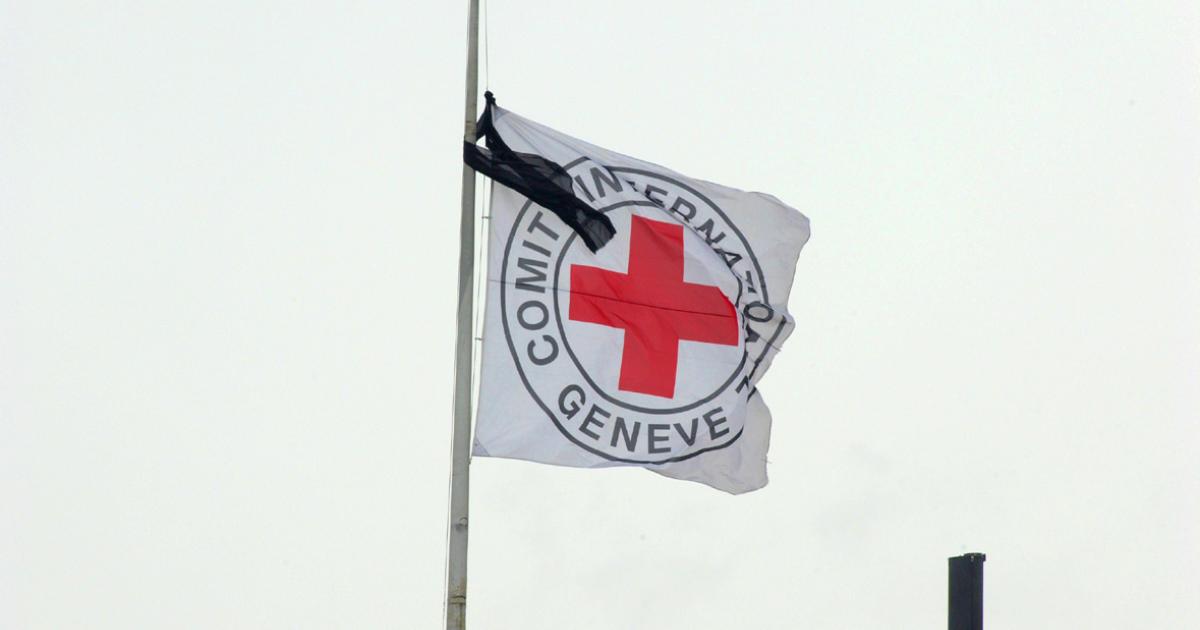The term “mysterious pneumonia” has become particularly triggering since early 2020. This is how the yet-to-be-named disease COVID-19 was first described when a cluster of cases was identified in Wuhan, China.
Author
Michael Head
Senior Research Fellow in Global Health, University of Southampton
This term is being used again to describe a cluster of “atypical” pneumonia cases in Buenos Aires, Argentina. Some cases of psittacosis, also known as “parrot fever”, have been confirmed within this cluster. Before you start stocking up on toilet paper and masks or taking your parrot back to the pet shop, let me explain what we do and don’t know about this new outbreak. It might save you some money.
Psittacosis, or parrot fever, is caused by bacteria called Chlamydia psittaci, and is a common infection in birds. It is usually transmitted from animal to human via close contact with birds, including parrots and cockatiels, and also poultry such as ducks and turkeys.
The bacteria can be found in faeces and other excretions*excreta?*. So people at higher risk include vets, pet shop workers or those who own birds.
Psittacosis is usually mild but can be a severe infection, especially in vulnerable people such as the elderly or those with weak immune systems.
The Argentina outbreak was first reported on April 17 2024 in ProMED, a widely used site for reporting infectious disease outbreaks around the world. The short post there highlighted there being around 60 cases of “atypical” pneumonia in the previous 30 days, many of them in younger people and several requiring hospitalisation and critical care.
The report to ProMED suggests 20 cases showed evidence of psittacosis, with ten of them confirmed positive by laboratory testing. Many of these cases are reported to have had no obvious contact with birds. The source of the content is also unknown – described merely as “an individual known to ProMED”.
Psittacosis is uncommon, but not unknown. The UK government indicates there are around 25 to 50 cases reported in England and Wales each year.
A 2017 systematic review concluded that around 1% of pneumonia cases not acquired in a hospital may be the result of psittacosis. A World Health Organization situation report dated March 5 2024 describes dozens of human cases across several European countries with five deaths.
WHO advice includes quarantining, frequent handwashing, encouraging people with pet birds to keep cages clean, positioning of cages such that faeces cannot spread between them, and to avoid overcrowding.
One Australian study associated a higher risk of psittacosis with mowing the lawn without using a grass catcher. It is possible that the lawnmower would have run over and “aerosolised” some infected faeces that were subsequently inhaled.
So, how serious is this Argentina outbreak and how concerned should the wider world be? There are often local respiratory infectious disease outbreaks, potentially causing severe pneumonia, and these do not spread more widely or internationally. COVID was very much the exception, rather than the rule.
At the time of writing this article, there is very little information available about the Argentina outbreak. There has been no statement from the public health authorities in Argentina, nor the WHO Pan America Health Organisation.
Among the key pieces of information we really would need to know is the likelihood of human-to-human transmission. For example, if an investigation concludes that all cases were at the same workplace, where potentially they may have been exposed to infected bird faeces, then there most probably has been one source of infection. This makes the public health response more straightforward, with fewer implications for the wider population.
If (hypothetically) the epidemiology tells us that a probable scenario would be multiple cases of human-to-human transmission of psittacosis, this would be much more concerning.
A paper investigating a 2020 outbreak in China concluded that the study data might “represent the first documented report of human-to-human transmission of C. psittaci in China”. But this is rare – and there is currently no clear evidence of this in Argentina.
In its conclusion to the situation report about the 2024 European psittacosis outbreak, the WHO concluded that there is “no indication of this disease being spread by humans nationally or internationally”, and that based on the available information, the risks “posed by this event are low”.
It would be reasonable to apply similar thinking to the Argentina outbreak. But more information is needed to provide proper conclusions.
Psittacosis is one of many infections that can pose a risk to human health in specific circumstances. But there is no indication that “parrot fever” will be the Next Big Thing. This shows the importance of outbreak surveillance and reporting across all parts of the world, with real-time epidemiology and laboratory data being made available to provide up-to-date public information.
![]()
Michael Head has previously received funding from the Bill & Melinda Gates Foundation and the UK Department for International Development, and currently receives funding from the UK Medical Research Foundation.







